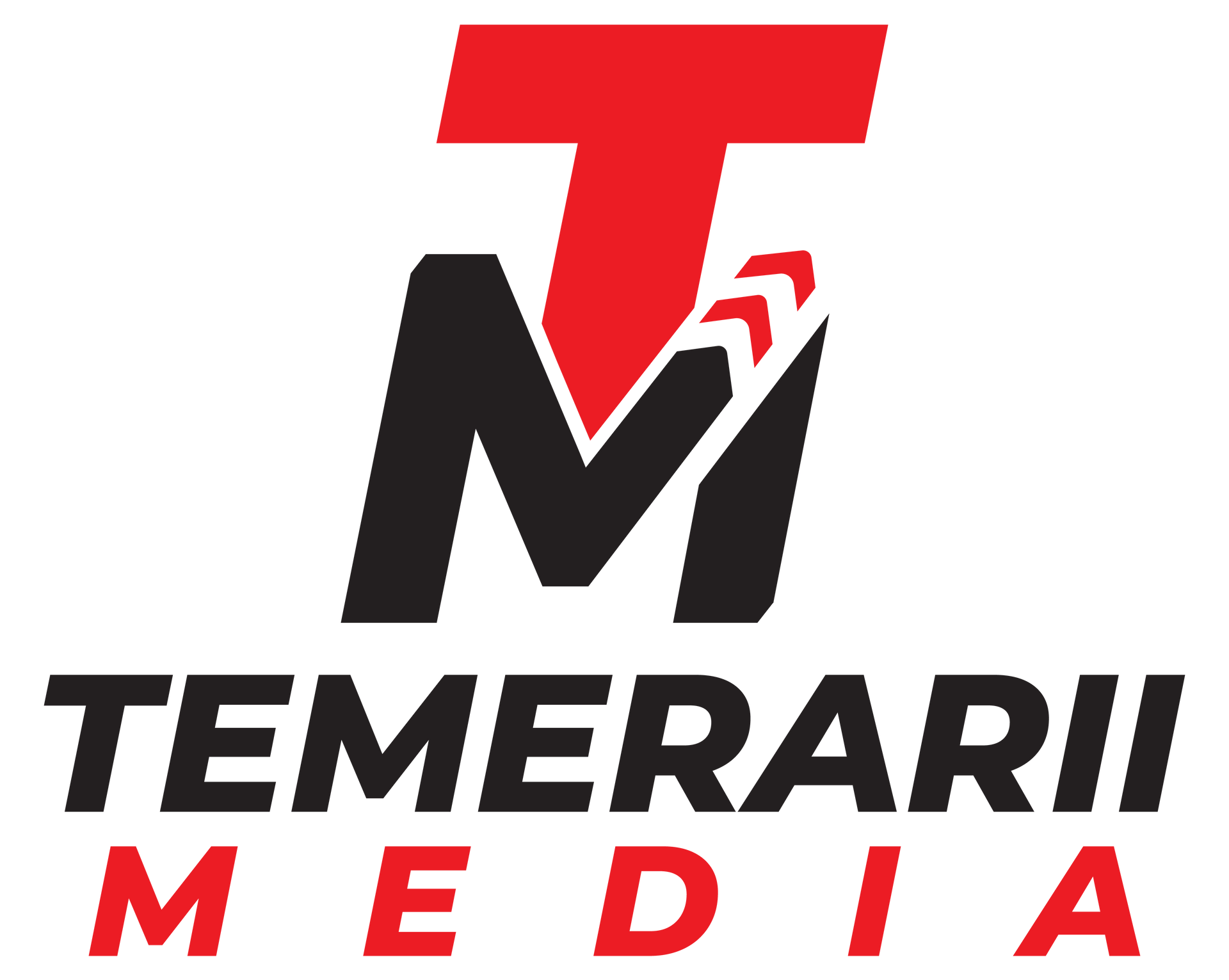Performance marketing is built on a simple promise. Every dollar that goes out is expected to come back with proof that it did something useful. Useful is not a vague idea like general awareness or brand lift. Useful is measurable action. A booked call. A qualified lead. An online sale. A download. A registration. Those actions are the heartbeat of performance marketing, and the entire discipline is designed to produce more of them at a lower cost and with more predictability over time.
In traditional marketing, the goal is often to be seen. You put the brand in front of as many people as possible and hope that some portion of that attention will become business later. That approach can still matter for reputation and positioning, especially for very large brands, but it becomes hard to defend when budgets are tight and teams are lean. Performance marketing shifts the center of gravity. Instead of paying for reach, you pay for results. Instead of asking how many people viewed an ad, you ask how many people bought after seeing it, what that cost you, and whether you can drive that cost down without sacrificing quality.
That mindset brings discipline. You decide the exact action you want your audience to take, you set a target cost for that action, and you build every channel, creative asset, and message around that goal. You are not guessing. You are learning in public and in real time. You are constantly checking what is actually happening at the point of conversion, not what looks good in a slide deck. Performance marketing is not just a tactic inside digital marketing. It is the operating system for how modern marketing teams prove their value.
For founders, operators, and marketing leads, this matters because it turns marketing from a gamble into an engine. If you can reliably create attention, turn that attention into buyers or booked time, then repeat that process without blowing out spend, you have leverage. You can forecast pipeline, justify spend to leadership, and grow without hiring a massive team all at once. That is why performance marketing has become the default approach for high pressure environments, emerging brands, and revenue focused teams.
The Operating System: Strategy, Analytics, and Optimization
Strong performance marketing work always starts with clarity. You choose the primary action that matters most to your business right now. That action might be making a purchase, scheduling a consultation, starting a free trial, or joining a waitlist. Then you make sure everything else in the system supports that one outcome. Your campaigns are not random bursts of activity. They are aligned around a target behavior.
From there, analytics becomes the source of truth. Performance marketing lives and dies on accurate tracking. You want to know exactly where people came from, what message or creative got their attention, which page they landed on, what they did next, and whether they completed the goal. This happens through intentional setup. Links are tagged. Traffic sources are labeled. Landing pages are built for one purpose instead of trying to be everything for everyone. Dashboards are not just pretty charts. They are decision surfaces that tell you which channels are efficient, which are bleeding, and which audiences or offers are emerging as high value.
That visibility gives you something that traditional marketing rarely provides: control. You can shift budget from an underperforming ad set to a high converting one mid flight. You can test a new headline, or shorten a booking form, and immediately see whether those changes helped or hurt. This rhythm of launching, measuring, and tuning is the core loop. You do not just set up a campaign and hope it runs. You shape it while it runs.
A major pillar inside that loop is conversion rate optimization, often shortened to CRO. The idea is simple. If you can increase the percentage of people who take the desired action, then you get more output from the same traffic and spend. CRO work looks at friction. Is the page clear. Does the offer feel credible. Is there proof that other people have said yes and got what they expected. Is the checkout confusing. Are you asking for too much information up front. Small lifts in clarity and trust can create a huge impact because you are not just chasing more traffic. You are doing more with what you already have.
Another important piece is the feedback path between marketing and sales or delivery. Getting a high volume of leads means nothing if those leads are not qualified or if no one is following up. Performance marketing forces alignment. If the business depends on booked consultations, then response time to those consultations matters. If the business depends on demos, then confirmation, reminders, and show rate matter. The loop does not end at the form submit. It ends at revenue.
Channel Deep Dive: Paid, Owned, and Earned
Performance marketing is not a single channel. It is an ecosystem of channels that work together, each one measured, each one playing a defined role in the path to action.
Paid advertising is usually the front door. Paid search captures intent when someone is already looking for a solution. Paid social creates intent by putting an offer in front of someone who fits the audience profile even if they were not actively searching. Retargeting keeps you in front of people who showed interest but did not act the first time. The strength of paid is speed. You can generate traffic and attention quickly. The weakness is cost. If you rely only on paid, and costs rise or competition tightens, you feel it immediately. That is why paid cannot stand alone.
Owned channels balance that out. Email marketing and text messaging are classic owned channels. No algorithm sits between you and your list. You can send a message directly to someone who already raised their hand. Email is where you nurture, educate, and present offers in a way that feels paced and respectful. It is how you build trust with people who are still thinking but not ready to move this second. Text messaging is more immediate and should be treated with more care. It is powerful for reminders, confirmations, limited offers, urgent timelines, and personal follow up. Both channels also shine in recovery work, like abandoned carts or incomplete bookings. A well timed message can recapture revenue you almost lost.
Mobile app engagement lives in this same family of owned communication. Push notifications, in app messages, loyalty perks, and personalized prompts can drive repeat usage, referrals, and upsells. For businesses that rely on retention and lifetime value, not just first purchase, app level messaging can be where a good funnel becomes a great business model. The goal is not just to win a customer once. The goal is to continue delivering value in a way that keeps that customer active and spending over time.
Organic discovery is another pillar, and search engine optimization sits at the center of that. Search visibility matters because it places you in front of people at the exact moment they are asking a question or shopping for an answer. When built correctly, search optimized content acts like an asset that works every day without constant ad spend behind it. It does take longer to build momentum compared to paid ads, and it requires ongoing care across content, technical structure, and site health. But the payoff compounds. Strong organic presence lowers overall acquisition cost and makes the brand more credible because you are showing up where people naturally look for help.
Marketplace marketing is important in certain industries as well. When you sell through a marketplace such as a commerce platform, an app store, or a service marketplace, you are playing inside someone else’s ecosystem. Your ranking, reviews, photos, and offer positioning all become part of performance marketing because they directly affect visibility and conversion. The upside is access to buyers who are already in a shopping mindset. The downside is that you do not fully own the customer relationship, so you have to be intentional about how you turn that marketplace attention into a longer term connection.
Creative and messaging hold all of this together. Strong copywriting is not decoration. It is conversion infrastructure. The headline, the first sentence, the way the offer is framed, the proof you provide, the urgency you create, and the clarity of the call to action all shape whether someone moves or scrolls away. A performance marketing team treats creative like a testable lever, not a fixed asset. There is no ego in the copy. If version B converts better than version A, version B wins.
Influencer and affiliate programs sit in the earned reach category and deserve real attention. An influencer partnership, when done right, borrows trust from someone who already has attention in the exact audience you care about. This is not just about hype. The most effective creators become proof. They show themselves using the product or working with the service, and their audience sees a believable scenario, not just a pitch. That credibility drives action faster than cold outreach alone. Affiliate programs extend that concept with structure. Partners promote your offer using approved language and assets, and they earn a defined cut when their audience converts. You only pay when results are delivered, which fits perfectly with the performance mindset.
Software and subscription businesses introduce another layer. For them, marketing does not stop at acquisition. Onboarding flows, in product prompts, educational content, and customer success touchpoints are all part of performance marketing because they directly affect activation, retention, expansion, and overall lifetime value. A free trial that never turns into an active user is just a vanity metric. A user who understands the product, experiences value quickly, and stays is the real win.
Trust, Transparency, and Compliance
Performance marketing can only scale if it is honest. That honesty starts with reporting. Vanity reporting is easy to produce and looks impressive at a glance, but it inflates confidence and leads teams into blind spots. Real reporting shows where revenue actually came from, what it cost to get it, and whether those new customers or clients stayed. Real reporting also exposes weak spots, like a traffic source that drives a lot of clicks but very few conversions, or a creator partnership that sounds exciting but does not actually move qualified buyers.
Attribution is the tool that helps resolve that honesty. In a multi channel environment, every platform tries to claim credit for the same result. Paid social wants the win. Paid search wants the win. Email wants the win. Leadership wants clarity. The only way to achieve that clarity is to build and maintain an attribution model that reflects how your buyers actually behave.
Sometimes that is last touch. Sometimes that is first touch. Sometimes that is weighted. The key is consistency and transparency so that spend decisions are made on truth, not pressure.
Compliance is another non negotiable piece, especially in sensitive categories like health, finance, or government adjacent services. Consent matters. You should never add someone to email or text messaging without explicit opt in, and you should not ask prospects to share personal or protected information in channels that are not secure. Respecting privacy builds long term trust and shields the brand from legal or platform level issues. It also signals that you are not just chasing quick wins at any cost, which matters for reputation and for retention.
This is also where alignment between marketing and operations shows up in a real way. When marketing promises something, the business has to deliver it. Performance marketing will surface cracks fast. If ads promote fast response but no one actually responds, that gap becomes obvious. If messaging leans on a specialty the team cannot truly support, that misalignment becomes a churn problem later. The cleanest performance engines are built on offers that are real, valuable, and consistently fulfilled.
Overcoming Challenges and Knowing When It Is Right For You
A common mistake is trying to scale spend before clarity exists. Teams will sometimes launch ads without a defined audience, a strong offer, or a working follow up process. The result is usually wasted budget and frustration. Performance marketing is not magic. It is pressure. It exposes what is not ready. The right move is to slow down up front and tighten the basics. Who is the customer you truly want. What problem are you solving that they feel today. What outcome are you promising. What proof do you have that you can deliver that outcome. Which single action do you want them to take next. When those answers are solid, spend becomes fuel instead of noise.
Another challenge is the handoff from marketing to sales or delivery. You can generate a steady stream of inquiries, but if no one is qualifying them, nurturing them, and closing them, the system leaks. That leads to a familiar complaint that sounds like we are getting leads but they are not good. Sometimes that is true. Sometimes it is messaging and targeting. But often it is that the internal process is not built to capture the value being created. The fix is alignment. Define what a qualified lead is. Script the first follow up. Build reminders. Track outcomes. Feed those outcomes back into targeting and messaging so that over time you stop attracting unfit leads and lean harder into buyers who are actually ready.
Rising ad costs are also real. Platforms get crowded. Attention gets more expensive. Creative burns out fast. The teams that survive this are the ones that treat creative as a strategic asset, not an afterthought. Fresh angles, stronger hooks, social proof, real voice, and visually distinct presentation can cut through where generic creative falls flat. When creative hits, cost to acquire drops. When cost to acquire drops, budget stretches further. That advantage compounds.
There is also tension around timing. Decision makers often want instant proof, but not every channel moves at the same pace. Paid acquisition can deliver signal quickly. Organic search, brand authority, and ranking strength take more time but pay off in compounding ways. Email and text can drive meaningful revenue fast if you already have a list, but if you do not, you are building that list first. The most stable performance marketing programs understand this timeline. They use fast channels to get immediate traction and insights, and they invest in slower channels to build leverage that does not depend on constant paid spend.
Performance marketing is the right fit when the business is ready to be accountable to real outcomes. It is especially powerful for local service providers, ecommerce brands, digital products, subscription products, and any offer that can be clearly described and acted on without a long approval chain. It can still work for complex or high ticket sales, but in those cases you are tracking qualified intent and booked conversations rather than instant purchase. The common thread is that the action is specific, the value is clear, and the path to revenue after that action is reliable.
Closing Thoughts
Performance marketing is not just about running ads. It is about engineering a system that repeatedly turns attention into revenue in a measurable, defensible way. It gives teams a shared language. Instead of arguing about opinions, you look at actual behavior. Instead of hoping a campaign worked, you know how it performed, where it broke, and how to make the next iteration stronger.
The real power sits in how these pieces connect. Paid channels create demand on purpose. Owned channels like email, text, and app messaging capture and warm that demand. Organic search and marketplace presence place you in the path of people who are already shopping for an answer. Strong copy and creative move people to act. Analytics keeps score honestly. Optimization sharpens the entire machine. Compliance and delivery protect the brand. When that loop is running, growth is not a guess. It is a process.
Leaders who adopt this mindset stop asking for vague visibility and start asking better questions. Which offer is converting best and why. Which audience segment is worth doubling down on. Where are we losing people in the journey and how fast can we fix that friction. How much revenue is being left on the table because no one followed up within the first hour. How much more efficient could we be if we tighten our messaging or improve the onboarding experience.
In the end, performance marketing rewards focus. Know the single outcome that matters most. Tell the truth about how people are behaving. Adjust, refine, and improve without ego. Treat creative like a weapon, not a decoration. Respect the people you are talking to. Deliver what you promise. When you work this way, marketing stops being a cost center that leadership tolerates and turns into an engine the business relies on.












